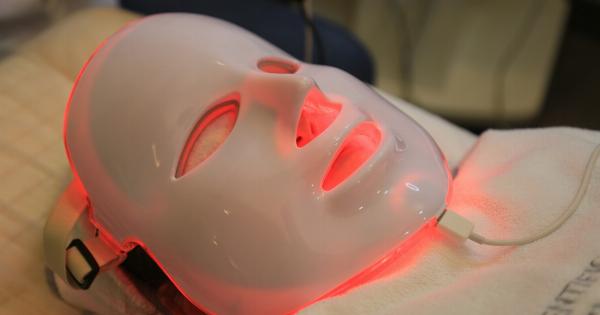The use of face masks has become an essential part of our daily lives as a preventive measure against the spread of COVID-19.
However, some people have reported experiencing various symptoms while using a mask, including shortness of breath, dizziness, or fatigue. These symptoms are often attributed to trapped carbon dioxide in the mask.
What Causes Trapped Carbon Dioxide in a Mask?
When you wear a mask, you exhale carbon dioxide, and the mask traps it. The buildup of carbon dioxide in the mask can cause discomfort and other physical symptoms, especially if you’re wearing a mask for an extended period.
What are the Symptoms of Trapped Carbon Dioxide?
The symptoms of trapped carbon dioxide can vary from person to person. However, some commonly reported symptoms include:.
- Shortness of breath
- Dizziness
- Headache
- Fatigue
- Nausea
If you experience any of these symptoms, take off your mask, and breathe fresh air.
How to Prevent Trapped Carbon Dioxide While Using a Mask?
While there’s no way to prevent a mask from trapping carbon dioxide completely, there are a few things you can do to reduce the buildup of carbon dioxide and prevent symptoms:.
- Choose a mask made of breathable material
- Ensure a snug but comfortable fit
- Take breaks and remove the mask when possible
- Avoid strenuous activity while wearing a mask
What Are Some Alternatives to Traditional Face Masks?
For people who experience discomfort or other physical symptoms while wearing a traditional mask, there are several alternatives to consider:.
- Shield or Visor: A transparent shield or visor can protect your face without trapping carbon dioxide.
- Gaiter or Neck Warmer: A gaiter or neck warmer can be worn around your neck and pulled up over your mouth and nose when needed. They are made of breathable material and won’t trap carbon dioxide.
- N95 Respirator Mask: N95 masks are designed to filter out airborne particles and will prevent the buildup of carbon dioxide. However, they are not recommended for general use and should be reserved for healthcare workers.
Conclusion
While the use of masks is essential to prevent the spread of COVID-19, some people may experience discomfort or physical symptoms while wearing them. Trapped carbon dioxide in the mask is often the cause, and the symptoms can vary from person to person.
To prevent or reduce the symptoms, choose a mask made of breathable material, ensure a snug but comfortable fit, take breaks, and avoid strenuous activity while wearing a mask. If you experience any symptoms, take off your mask, and breathe fresh air.






























